Attempting to analyze the developments of the last couple of weeks in Iran without a clear understanding of the historical context – particularly the decades of weak international and domestic policy – is like skipping to the final episode of your latest Netflix binge – you don’t do it. You’ll miss critical information. Likewise, without foundational knowledge about our policy in our dealings with Iran, it’s impossible to understand what led to President Trump’s decision to drop bunker bombs on the Fordow nuclear site.
In the late 1990s, U.S. intelligence began warning of Iran’s dual-use capabilities – technology that could more easily be diverted to weapons development. Iran’s nuclear lid was blown in 2002 after the Iranian dissident group National Council of Resistance of Iran exposed covert facilities in Natanz (yes, that Natanz) and Arak.
The nuclear dance that we have become accustomed to watching began in earnest in November 2004, when Iran agreed with Britain, France, and Germany to temporarily suspend enrichment activity under International Atomic Energy Agency (IAEA) supervision. But the agreement collapsed. In 2006, the U.N. Security Council imposed sanctions on Iran for continuing enrichment, but those measures were undercut by Russia and China’s noncompliance and Iran’s obstruction of inspections. These events set the stage for more than a decade of failed diplomacy, partial compliance, and dangerous nuclear escalation.
So, before you listen to one more pundit in the mainstream media wax on about how President Trump’s attack on Iran has failed, take a moment to remember the five times Iran was strengthened by leftist U.S. presidents.
1. President Obama’s Iran Deal Disaster
The Joint Comprehensive Plan of Action was a historic blunder full of holes that empowered the world’s leading state sponsor of terror. Far from ending Iran’s nuclear ambitions, the deal only slowed it down and contained sunset provisions that would eventually lead to a nuclear breakout. The deal also failed to cope with Iran’s ballistic missile program and provide anytime-anywhere inspections.
Recommended
The deal also legitimized the Islamic regime’s path to nuclear weapons, giving the brutal dictatorship international credibility and a windfall of billions in sanctions relief. That cash didn’t bring peace – it bankrolled terrorism, ignited proxy wars, and fortified a regime that proudly calls for the annihilation of Israel and the United States. Instead of containing Iran, the agreement empowered its most dangerous ambitions.
Read more: The ACLJ filed a FOIA lawsuit against the Obama Administration, seeking records on the State Department’s deleted video showing it misled the public about secretly starting Iran talks before 2013.
2. Pallets of Cash Payments to the Tune of $1.7 Billion
In one of the most reckless foreign policy moves in modern history, President Obama quietly sent $1.7 billion in cash to Iran – the world’s leading state sponsor of terrorism – just before leaving office. On January 17, 2016, a plane delivered $400 million in untraceable currency, stacked on pallets, with the rest sent in follow-up shipments. The Obama administration claimed it was settling an old arms deal dispute that dated back prior to the Islamic Revolution of 1979, but critics saw it for what it was: a capitulation to a regime known for funding terror groups like Hezbollah and Hamas. Instead of confronting Iran’s aggression, Obama handed the world’s leading state sponsor of terrorism a farewell gift: $1.7 billion in cash – just three days before leaving office.
Read more: ACLJ Files FOIA Lawsuit, Seeks Records on Iran Negotiation Cover-Up
3. Obama Turned His Back on Iran’s Green Movement
Shortly after Obama took office, Iran erupted with massive protests – its largest since the Islamic Revolution of 1979. The movement, known as the Green Movement, was triggered when Iranian authorities declared incumbent President Mahmoud Ahmadinejad the winner of its presidential election with 63% of the vote, defeating popular reformist candidate Mir-Hossein Mousavi. Ahmadinejad’s significant victory – despite clear signs of widespread support for Mousavi – immediately triggered accusations of voter fraud. Brave protesters took to the streets chanting, “Death to the dictator!”
Early in his first term, Obama had an opportunity to make a strong statement, encourage the reform movement, and organically bring about potential regime change. Instead, President Obama sat on his hands in silence, failing to do what every decent U.S. president had done previously – speak out for freedom. Obama feared that encouraging the Green Movement would hamper his ability to reach a nuclear deal, so he took a pass, effectively siding with tyrants.
Read more: The Iranian People’s Fight for Freedom
4. Biden Eased Enforcement of Trump-Era Sanctions
Unable to revive the JCPOA after Iran escalated its uranium enrichment to 60%, Biden did the next best thing for Iran, easing the enforcement of U.S. sanctions. This policy shift gave Iran a financial lifeline, enabling it to surge oil exports, especially to China. The result: billions in renewed revenue for a regime accelerating its nuclear ambitions and bankrolling terrorist proxies across the region. Instead of isolating Iran, Biden’s approach empowered it.
Under Biden, Iran’s oil exports climbed from approximately 775,000 barrels per day at the end of the Trump administration to 1.14 million barrels per day in 2021, a 32% increase. By August 2023, Iran was exporting around 1.38 million barrels per day – the highest volume since President Trump withdrew the U.S. from the JCPOA in 2018.
The result? Iran’s GDP grew an estimated 46% from the end of President Trump’s term to the close of Biden’s third year in office. In attempting to appease Iran diplomatically, the Biden administration empowered two of America’s chief adversaries: Iran and China.
5. Biden’s $6 Billion Gift to Iran for Hostages
Biden’s $6 billion hostage deal in 2023 was an alarming display of weakness by the Biden administration, rewarding the world’s foremost state sponsor of terrorism for taking American hostages. Biden’s ransom payment was made under the guise of “humanitarian” use and greenlit the release of billions to a regime that has publicly stated it would spend the money wherever it needed it – directly contradicting Biden’s claims of strict oversight.
As Mike Pompeo, ACLJ Senior Counsel for Global Affairs, wrote in August of 2023:
"[R]egardless of the amount being released to the Iranian regime, there is no chance this money is ultimately going to be used for humanitarian purposes. Team Biden knows this because money is fungible. That means that even if every cent released to the regime is in fact used for humanitarian purposes – an improbable outcome in itself – the regime will still be free to allocate more resources to fund terror and mayhem against America’s partners and allies."
Trump Was the Needed Prescription
The pattern is unmistakable. Time and again, leftist administrations – first under Obama and then Biden – empowered the Iranian regime through weak diplomacy, appeasement, and financial concessions. These actions didn’t encourage peace or stability; they emboldened a brutal theocracy that funded the October 7 attacks in Israel, threatened America and its allies with ballistic capability, and marched Iran dangerously close toward nuclear armament.
Fortunately, President Trump proved to be a much-needed disruptor in Washington’s broken status quo – especially in the latest standoff with Iran. He reset Iran relations with his decisive, unapologetic approach. It stands in stark contrast to years of weak and ineffective diplomacy. Let’s hope conservatives in D.C. are watching closely and learning what effective leadership looks like when confronting a rogue regime that only understands strength.
Join us in supporting President Trump’s national security team as they work to defend our nation and dismantle the entrenched Deep State. The safety of our nation depends on it. Sign our petition: Restore America’s National Security.



















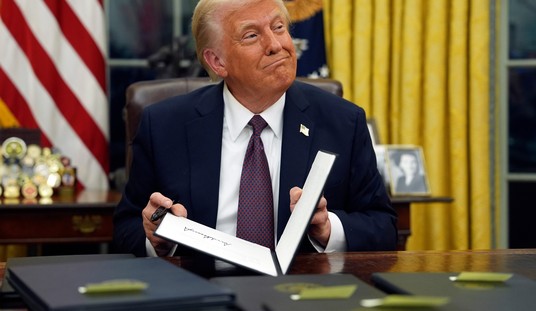
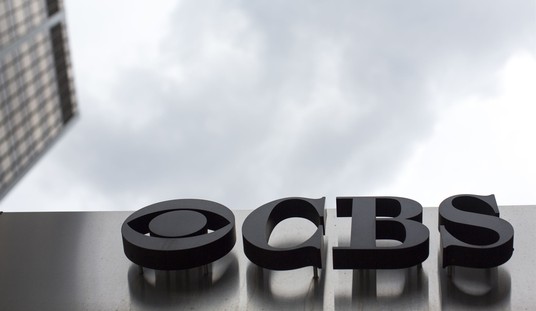
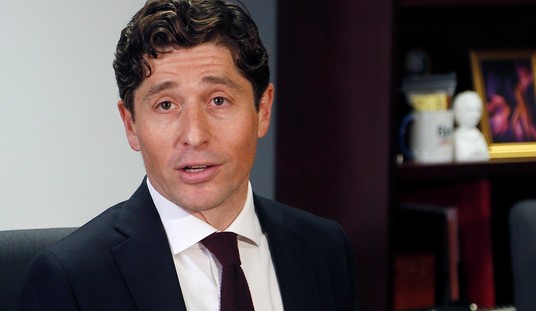
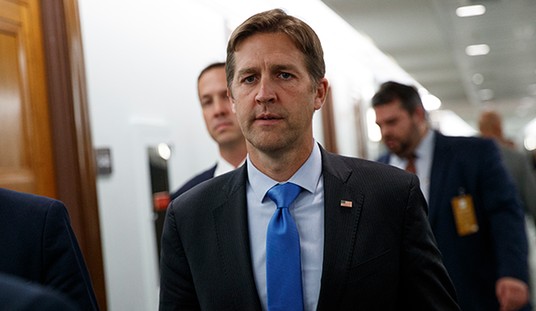
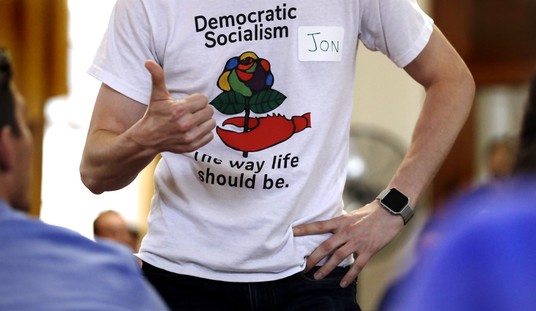

Join the conversation as a VIP Member